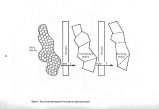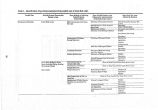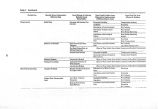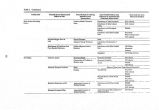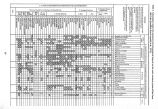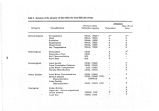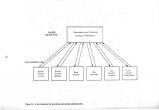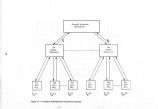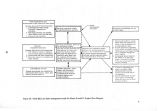| OCR Text |
/ PART II: LAKE MODEL DEVELOPMENT CHAPTER IV MODELING THE WATER RESOURCES SYSTEM OF GREAT SALT LAKE The problems of managing a complex water resources system require an understanding of the fundamental processes and coupling relationships involved in the system. With this understanding a manager is then able to predict realistically the consequences of possible changes which might be imposed upon the system. For example, in the case of Great Salt Lake it might be desirable to be able to predict changes in lake levels which might result from the adoption of particular water use patterns on some of the major tributary streams. In recent years, the advent of electronic computers has stimulated the use of simulation analysis for planning and management of large and complex systems. In essence, the computer model is intended to reproduce the behavior of the important system variables of the prototype under study. Mathematical simulation is achieved by using arithmetic relationships and mathematical equations to represent the various processes and functions of the prototype system, and by linking these equations into a systems model. Thus, computer simulation is basically a technique of analysis whereby a model is developed for investigating the behavior or perform* ance of a dynamic prototype system subject to particular constraints and input functions. The model behaves like the prototype system with regard to certain selected variables, and can be used to predict probable responses when some of the system parameters or input functions are altered. Computer simulation, therefore, has the following important advantages: 1. A model provides a basis for coordinating information and the efforts of personnel across a broad spectrum of scientific disciplines. 2. A model approach requires a clear identification of problems and objectives associated with the system being examined. 3. Insight into the system being studied is increased. In particular, the relative importance of various system processes and input functions is suggested. 4. Priorities and adequacies are indicated in terms of planning objectives and data acquisition. 5. A model is capable of indicating in quantitative terms progress toward system definition and conceptual understanding. 6. Proposed modifications of existing systems can be non- destructively tested. 7. Many planning and management alternatives and proposals can be studied within a short time period. 8. Hypothetical system designs can be tested for feasibility or comparison with alternate systems. As already suggested, a computer model ( like any model) is an abstraction from reality, and in this sense is a simplification of the real world which forms the basis of the model. The degree of simplification is a function of both intent or planning and knowledge about the real world. Verbal information and conceptualization may be translated into mathematical form for eventual use in a computer. Therefore, the model development process should proceed essentially from the verbal symbols which exist in both theoretical and empirical studies to the mathematical symbols which will compose the model. The development of a working mathematical model requires two major steps. The first step is the creation of a conceptual model which represents to some degree the various elements of the system and their interrelationships. In general, the conceptualizations and hypotheses of the real world of a particular study area are formulated in terms of the available data. Efforts are made to use the most pertinent and accurate data available in creating the conceptual model. As additional information is obtained, the conceptual model is improved and revised to more closely approximate reality. 13 |





















